So Many Things to Do, Not So Many Miles to Go to Do Them
Spring is here (except for the snow on April 20th), and summer is just around the corner! Just like everyone else, I am anxious to be outdoors to enjoy the fresh air. With this in mind, I have tried to invite speakers to get us out of our long hibernation. Some guests speakers have told us about interesting places in or near Tuscarawas County. Other speakers have guided us through activities that we can do with friends and family.
In March, Dale Tschantz talked about the history of Camp Tuscazoar and the hiking/biking trails we can enjoy any time of the year. Laura Watilo Blake presented a program called “The Return to America” in which she reminded us that beautiful and interesting things are literally in our backyard. Don’t fret that you missed those programs. We recorded them and you can access them on our handy archive page.
On April 29, Norm N. Nite will talk about his book The House that Rock Built. After hearing him speak, you might want to visit the Rock and Roll Hall of Fame in Cleveland. It’s not that far away.
On May 13, Kim Jurkovic will present “The Building of the Canal in Dover,” which could inspire you to visit the lock just south of New Phila or walk along the river trail near Zoar until you see Lock 9.
On May 18, Tamara Benson and Anastasia Merritt will walk us through the process of how The Reeves Museum made history accessible to children through the writing and illustrating of The New Carriage, the book which introduces Jeeves the horse. The Museum will resume some activities this summer.
On June 23, Doug Lockart from the Lockhart Forge in Logan, Ohio will introduce us to the family-owned blacksmith shop where they make iron skillets and teach blacksmithing classes.
Deb and Scott Morrision, members of TCAPA (Tuscarawas County Area Photography Association) will inspire us to become better photographers as we enjoy the great outdoors this summer.
We are organizing an outdoor drum circle for late July or early August. I don’t know about you, but I haven’t done this before so this promises to be a unique experience.
You can always take a stroll through the Dover Park. You can try out the adult exercise equipment at the playground down by the ball diamonds. Or you can walk around the pond, stopping along the “Story Walk” to read the book displayed there, or sit on one of the benches to read in the sunshine. I didn’t mention the disc golf because I haven’t participated in that sport, but I have seen lots of people enjoying the course.
Visit the flower beds at Warther’s Museum.
Pack a picnic lunch and sit down by the river at Canal Park.
Maybe you can just walk in a different neighborhood every day and notice the houses as you pass by.
So many things to do. Some are a short drive away, others are right here in town. Just get out there and enjoy them!
-Sherrel Rieger, Library Assistant
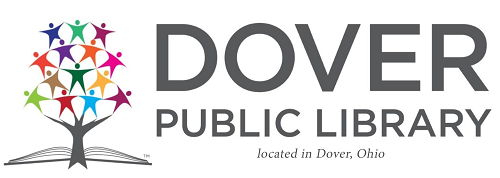
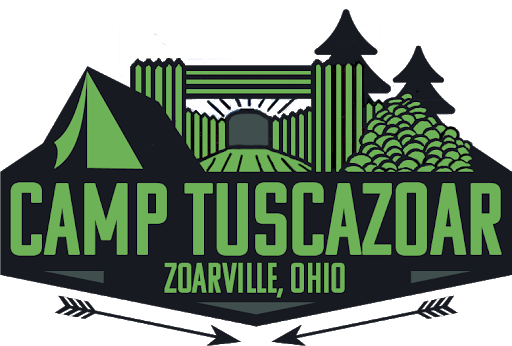
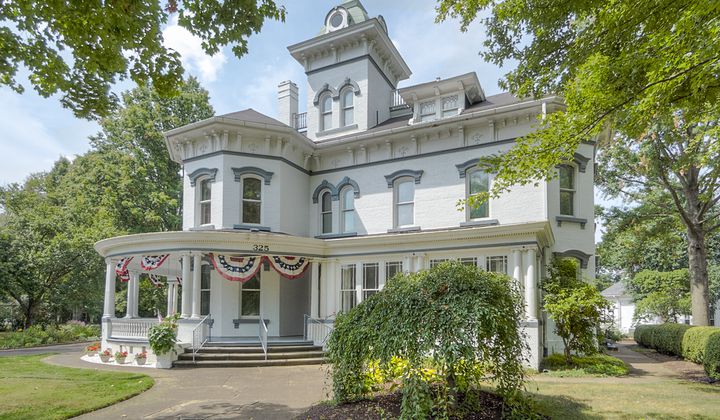
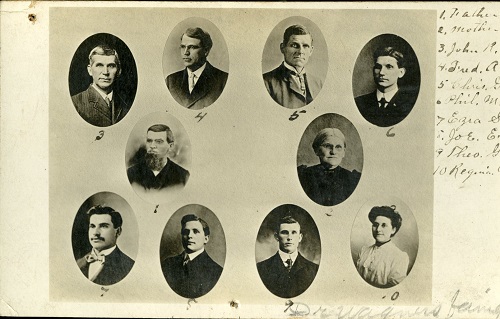
 Are you a writer, photographer, artist, or poet living in Tuscarawas County?
Are you a writer, photographer, artist, or poet living in Tuscarawas County?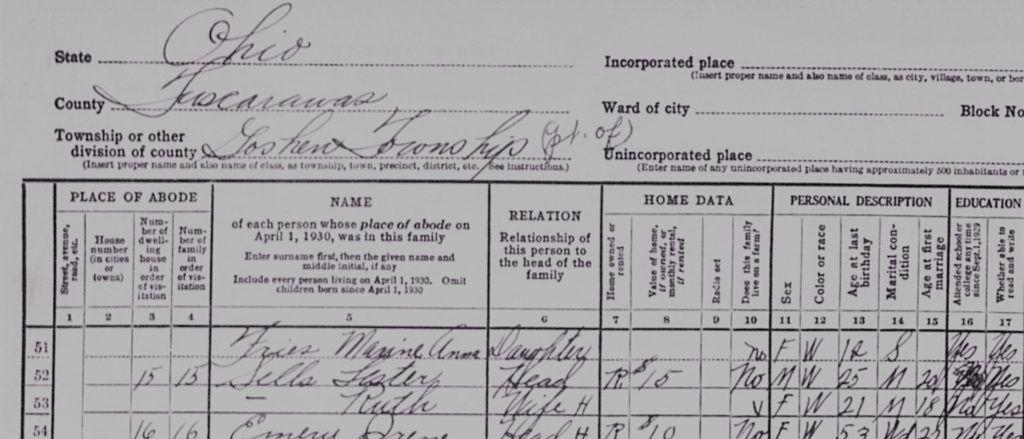
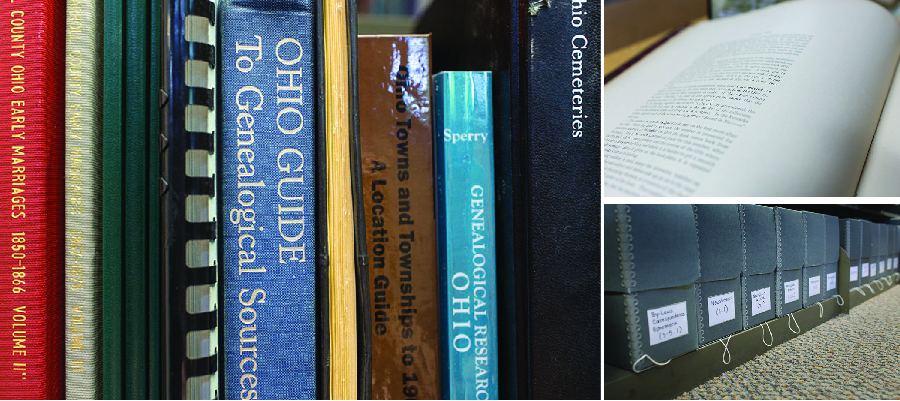
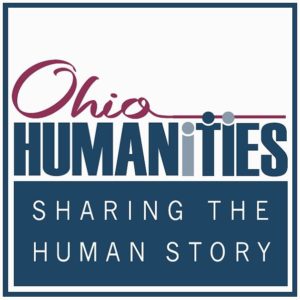 Friday, July 28 and Saturday, July 29
Friday, July 28 and Saturday, July 29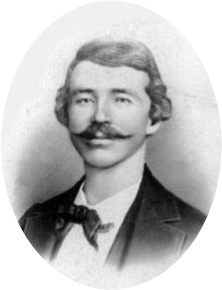 Historic Quantrill Walking Tour of Dover: Presented by Russ Volkert, Dover Public Library, Saturday, July 29 at 9:30 AM.
Historic Quantrill Walking Tour of Dover: Presented by Russ Volkert, Dover Public Library, Saturday, July 29 at 9:30 AM.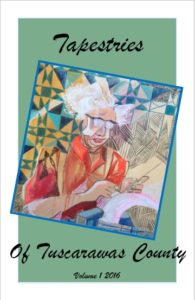 The stories in the book are from Tuscarawas County locals, sharing memories of childhood, adulthood, and old age. Those of us who live here will recognize descriptions of Tuscora Park, the county fair, and the homey, small-town feel of most of the stories. There are descriptions of growing up in town versus growing up in the country, people who made a difference in someone’s life, and sometimes even crazy surprises that can shock and amaze. “Only in T County,” I was tempted to say a few times.
The stories in the book are from Tuscarawas County locals, sharing memories of childhood, adulthood, and old age. Those of us who live here will recognize descriptions of Tuscora Park, the county fair, and the homey, small-town feel of most of the stories. There are descriptions of growing up in town versus growing up in the country, people who made a difference in someone’s life, and sometimes even crazy surprises that can shock and amaze. “Only in T County,” I was tempted to say a few times.